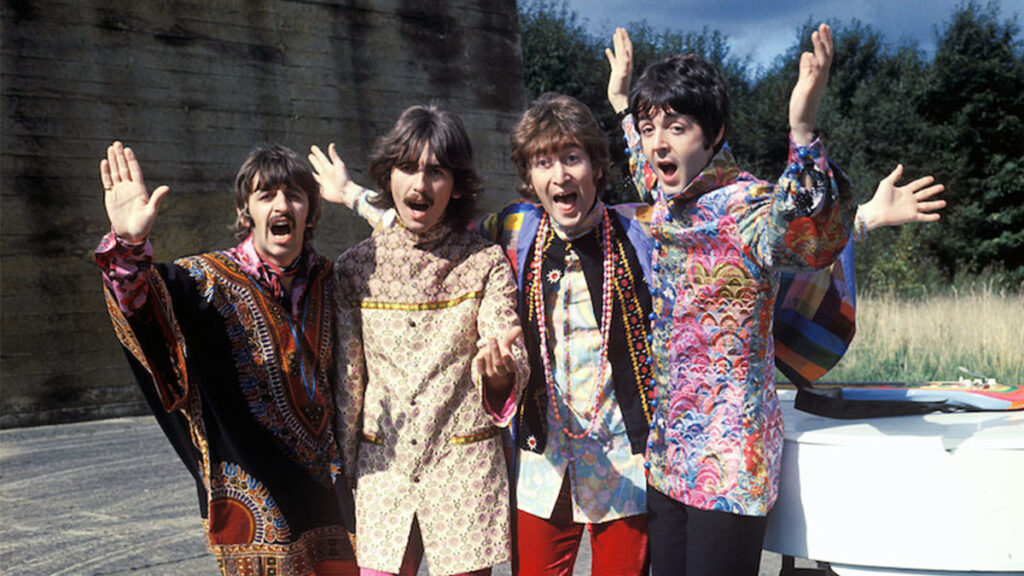McCartney and Ringo Starr are the only surviving Beatles. — © AFP
If you’re a fan, anything that sounds like it might be a remix can be annoying. If it’s a song you’ve never heard before, it’s still not exactly reassuring.
The unmistakable sound of John Lennon’s voice comes as quite a surprise. You know who it is from the first bar. Now and Then has come out as an authentic Beatles song in the true sense of the band’s career.
The story of the recording is a tale of decades. It’s a story better told by the Beatles themselves. As a recording session, though, it’s far more difficult than it sounds.
Most people don’t know the basics:
Transferring any sound from an older recording medium to modern isn’t simple. Analog to digital doesn’t “just happen”, and it took a while to get that right.
It can be a case of “there’s a song under there somewhere”. Whatever condition the tape is in is what you have to work with. It could also be what you don’t have to work with, so just as well they preserved the recording so well.
Working with sound isn’t simple, and this is about as difficult as it can get. Back when, if you copied a track, even on the same generation of analog media, the copy would sound higher than the original, even a bit off-key. That makes mixing tones and adding new tracks to a song quite difficult.
The levels of sound are tricky, particularly with a voice as well known as John Lennon’s. His voice has a far more subtle range than most, from very mild to very gritty. Lennon fans know the nuances, and they’re not cut-and-paste things. Every word can have a different emphasis and vibe.

A single isolated vocal track can sound very thin, and depending how it was recorded, can be pretty messy, deteriorating over time. That’s especially the case with tape recordings.
All the same issues apply to just about any demo-level musical accompaniment. This is the forensic ditch-digging side of studio work, and it’s not easy.
Whatever Peter Jackson had to work with, Now and Then is pretty amazing. He used “machine audio learning” to make Get Back, and it came to the rescue of Now and Then.
Less obvious is the story of the musical background of this song in relation to the Beatles. The typical spectrum of Beatles songs from about 1965 up to 1970 was pretty eclectic.
They’d finally escaped the Fab Four problem that was holding them back musically. They’d long since outgrown it. During those 5 years, George emerged as a songwriter, and Lennon and McCartney were happily demolishing the straitjacket of pop songs they’d been stuck with for years.
Put it this way – Now and Then is a DNA-tested genetic member of so many Beatles songs of that era in particular.
Great to hear them together again.

